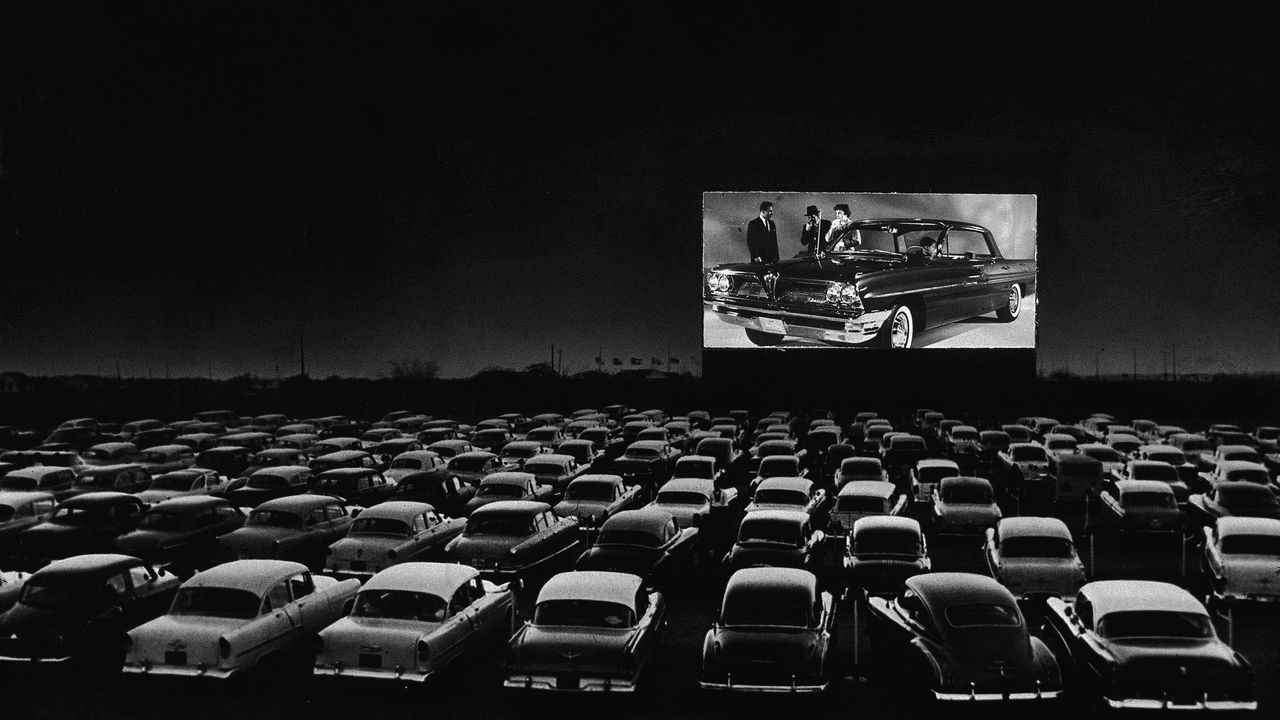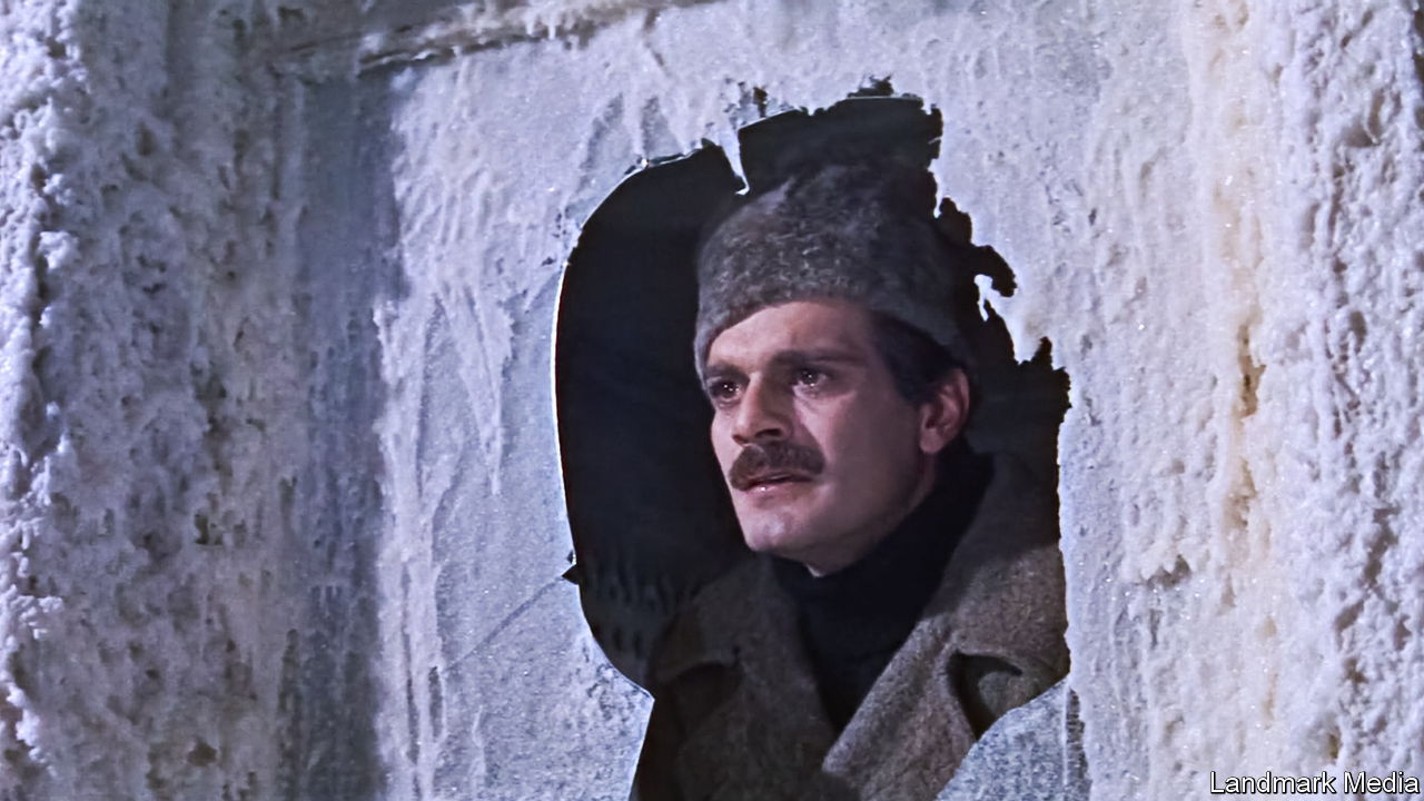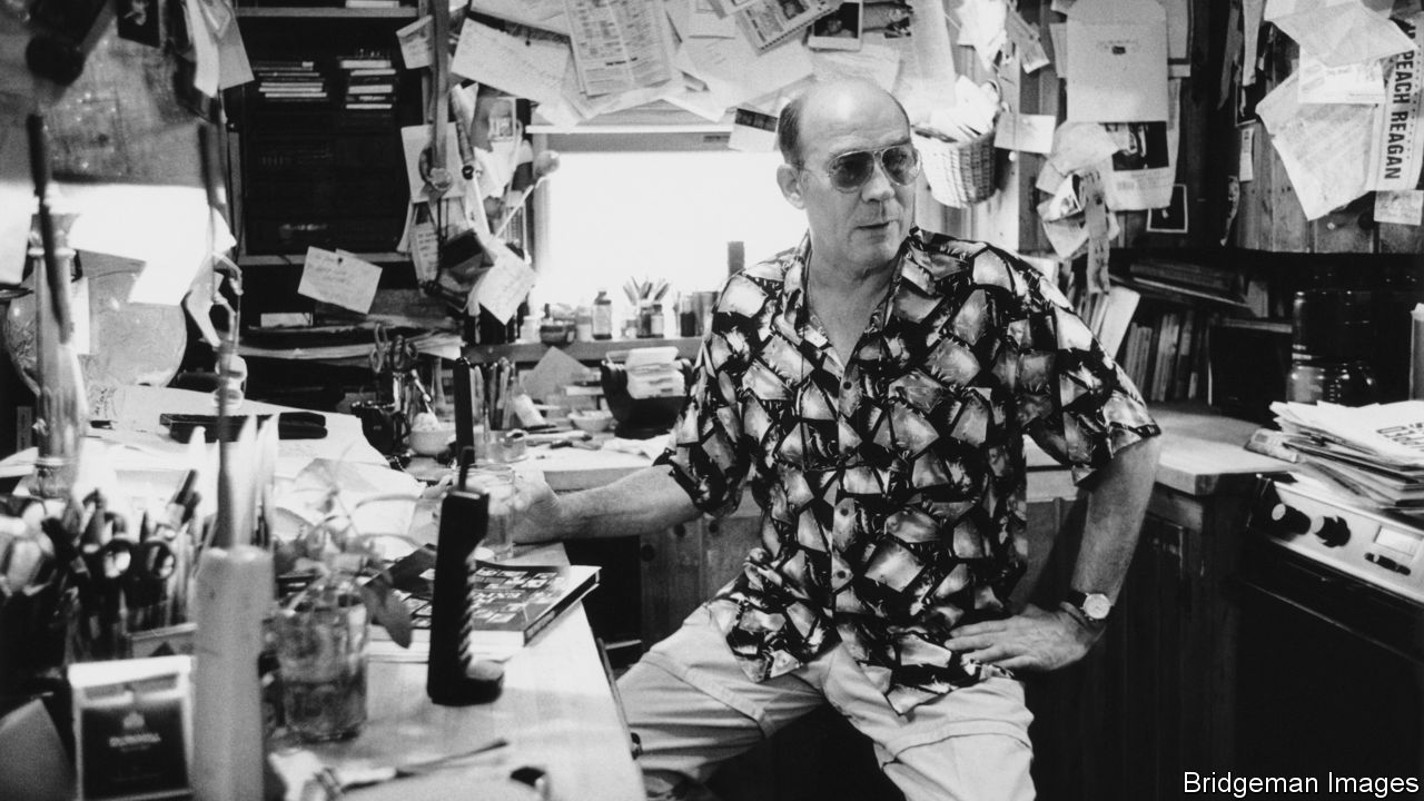What to read to understand why the heyday of the automobile is over
Five books explain why it’s a good thing that conventional cars may be leaving the road

IN “THE HITCHHIKER’S GUIDE TO THE GALAXY”, a comic sci-fi novel, Douglas Adams, the author, mused about the nature of travel. Road bypasses, he wrote, “are devices that allow some people to dash from point A to point B very fast while other people dash from point B to point A very fast”. People at point C on the bypass, in between points A and B, “often wish that people would just once and for all work out where the hell they wanted to be”. Adams hit on something. Humans spend an awful lot of time, money and energy on moving around in cars. The average American sits behind the wheel for nearly an hour a day—about two full weeks a year—travelling around 11,500 miles (or 18,500km).
How we get around determines what our homes and cities look like. When you understand that, it is unsurprising that American cities tend to be spread out, with lots of road space and parking. In Japan people drive much less, and on average travel 3,500km each year by rail (a figure that does not include travel on subway systems and the like within cities). In Japanese cities, skyscrapers cluster around railway stations. The era of the conventional car is, some think, coming to an end. Entrepreneurs promise that soon autonomous cars, electric cars and new forms of micro-mobility, like scooters, will transform even the most automotive places, like America’s sunbelt. Here are five books that explain why we get around the way we do, and what the future might hold.
Street Smart: The Rise of Cities and the Fall of Cars. By Samuel I. Schwartz. Public Affairs; 312 pages; $26.99 and £22.99
In the 1970s and 1980s Sam Schwartz worked in New York City’s department of transportation, rising from a fairly lowly position to become the city’s traffic commissioner. It was in that job that Mr Schwartz coined the term for a traffic jam that gave him his nickname “Gridlock Sam”. This book is partly a memoir. Mr Schwartz takes readers through his life story, from his childhood in the 1950s, made sadder when his friends and his beloved Brooklyn Dodgers moved to more car-friendly locales, to his work atop New York City’s government, where he sought to discourage car use. In that job he leaked information to environmentalist groups and closed roads to cars without telling anyone beforehand. “Street Smart” is also an argument that the economic importance of cities and the changing habits of younger people will reduce America’s dependence on the private automobile, and that this is good. In a follow-up, “No One at the Wheel”, Mr Schwartz looks at what driverless cars could eventually mean for cities, and how officials need to plan for that. If they don’t, a new type of gridlock will emerge.
Driven: The Race to Create the Autonomous Car. By Alex Davies. Simon & Schuster; 304 pages; $18 paperback and £25 hardback
This book begins nearly 20 years ago, with the tale of a competition held by the Defence Advanced Research Projects Agency, better known as DARPA. After the terrorist attacks of September 11th 2001, as America’s armed forces were fighting in the Middle East, the country’s military chiefs became interested in the idea of autonomous vehicles. In 2004 the agency offered a $1m prize for the winner of a race through the western desert from Barstow, California to Primm, Nevada, a distance of 132 miles (212km). The idea, writes Mr Davies, was that if a vehicle “could navigate the Mojave, it could handle Afghanistan and Iraq”. That year not a single vehicle came close to completing the challenge. The next year, however, nearly 200 entered. Five teams finished the race. The winner, “Stanley”, from Stanford University, did so in a little under seven hours. From that began the “race” to design a truly autonomous vehicle. Mr Davies’s book is essential reading to understand why creating a true driverless car—one that can navigate traffic anywhere as easily as humans—is so difficult. It also makes a compelling case that it will happen.
Paved Paradise: How Parking Explains The World. By Henry Grabar. Penguin Press; 368 pages; $30
One problem posed by cars in the rich world, where they are the default means of transportation, is where to put them. Henry Grabar explains how American cities came to look the way they do, with vast amounts of land given over to parking. He explains how laws that require businesses and developers to provide enough free parking have led to a massive oversupply of spaces, and thus made every other form of transportation harder. He leans on the work of Donald Shoup, an academic at the University of California, Los Angeles, who has made it his mission to expose the economic insanity of free parking. Mr Grabar includes plenty of fun human details that make the technical stuff accessible. This book’s main shortcoming is its misleading subtitle: “How Parking Explains The World”. In fact it devotes just three pages to countries that are not America.
Fighting Traffic: The Dawn of the Motor Age in the American City. By Peter D. Norton. MIT Press; 408 pages; $35 and £33
There is a popular history of the automobile in which Henry Ford invents the Model T, his workers buy it and pretty quickly everybody is delighted to leave behind slow and ungainly horses and carts and get into shiny new liberating metal contraptions. Peter Norton’s history reveals that in fact the progress to mass automobility was fraught and political. In the early 1920s, as more and faster cars filled city streets, they were widely seen as rich people’s toys that were killing hundreds of children in crashes. In cities like St Louis monuments were erected to the victims of accidents; protesters led parades calling for stricter rules on drivers. Mr Norton explains how systematic organising by the makers, sellers and owners of cars defeated these early restrictions. They invented terms such as “jaywalking” to blame pedestrians who dared to cross roads for their own deaths. These controversies give a hint of the challenges that the sellers of autonomous cars will have in dealing with a hostile public. “Fighting Traffic” shows how they were overcome before—and the downsides of that.
How Cycling Can Save the World. By Peter Walker. Penguin Random House; 288 pages; $16. Published in Britain as “Bike Nation: How Cycling Can Save the World”; 272 pages. £14.99
In this crisp polemic Peter Walker, a journalist for the Guardian, explains how cycling can radically improve transportation and more besides. Mr Walker makes the case for wheels—two of them. He explains, using reporting from places like Copenhagen and Utrecht, how getting more people onto bikes would lengthen lives and make them more pleasant. It would reduce the number of deaths in car crashes; the amount of smog from car-produced particulates, which poison people’s lungs; and deaths caused by sedentary living. More cycling would also reduce traffic jams. But getting there will be hard. According to Mr Walker, the world will need fewer “lycra-clad road warriors” like him, for whom cycling is an identity, and more ordinary people who simply get on a bike occasionally to get somewhere. “Cycling, dressed up as a hobby, let alone an extreme sport, will never attract more than a few per cent of people to take part,” he writes.
Also try
Our Midwest correspondent, Daniel Knowles, has written “Carmageddon”, a polemic against cars in book form. Unlike him, our Free exchange columnist praises America’s car addiction. Our special report argues that everything about carmaking is changing at once. Read about the perilous politics of parking here and here. This article from 2016, published in 1843, our sister magazine, explains how driverless cars will change cities. ■
More from The Economist reads

Six books you didn’t know were propaganda
Governments influence a surprising amount of literature. Some of it pretty good

What to read (and watch) about indigenous Australians
Four books and a film that show why they want recognition of rights in the constitution

What to read to understand journalism
Four non-fiction books and one novel about the essence and ethics of the trade